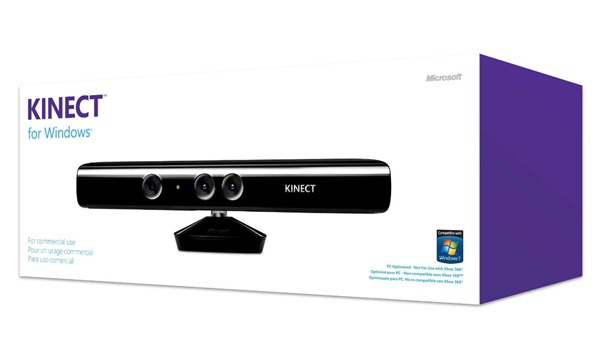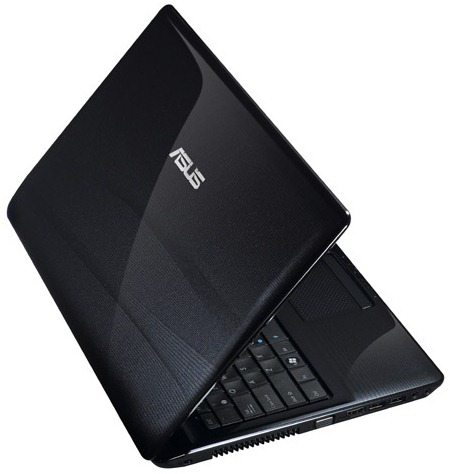The success of the Microsoft Kinect motion sensor for the Xbox 360 has obviously set the minds of the men and women in Redmond wandering. The motion detecting sensor was launched for the Xbox 360 in November 2010 and has so far shifted approximately eighteen million units. The estimated sales total paint an impressive picture by themselves, but when you take into account the 360 console itself has shipped around the sixty six million units, the fact that for every 3.6 consoles sold a Kinect has also been sold is very impressive indeed.

Those figures are only going to increase over the coming weeks, with February 1st being the official launch day of the Kinect sensor for the Windows operating system which features a unique, up-close sensing camera allowing motion to be captured at significantly closer quarters than the current 360 camera. Microsoft used the Consumer Electronics Show in Las Vegas to announce the desktop version of their Kinect product, but it looks as if the company’s motion sensing plans don’t end there.
According to recent leaked news, The Daily has had a unique chance to use and test a number of Asus branded laptops which a source within Microsoft has confirmed are official prototypes of portable computers with a Kinect sensor embedded. The devices are said to be pretty standard looking Asus netbooks, but had a strip of sensors placed along the top of the lid where you would generally expect to find the integrated webcam. The bottom of the lid, underneath the display also featured what appeared to be LEDs which were part of the sensing system.

Microsoft can clearly see that they have a very popular and versatile product in the Kinect, and whilst the most immediate application would have to be within games, with a little imagination; it isn’t hard to envisage just how useful desktop and portable computers would be with built-in motion detection as standard. You only need to look at some of the open-source examples to see just what is possible with the Kinect hardware and development kit.
Apple are reaping the benefits from championing multitouch gestures on devices such as the iPhone and iPad, with rumors spreading that the same control method could soon be present in a universal remote control. If Microsoft played their cards right, and integrated licensed Kinect technologies to the correct partners; they could easily benefit on a huge scale from a breed of laptops and desktops which have the ability to use hand gestures and waves to control programs, or media toggles.
Only time will tell what direction the company will go in with the Kinect device, but the early indications are certainly exciting and I would most definitely welcome a range of machines with integrated motion sensing.
You can follow us on Twitter, add us to your circle on Google+ or like our Facebook page to keep yourself updated on all the latest from Microsoft, Google, Apple and the web.

